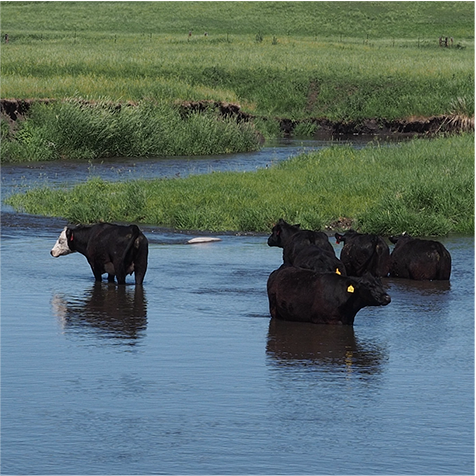
Environmental reservoirs of antibiotic resistance
Microbes in nature are constantly inventing new antibiotics and new antibiotic resistance mechanisms. It is a natural arms race that has been ongoing for probably billions of years and that humans have only recently joined. The majority of clinically serious infections that are resistant to antibiotics are due to the acquisition of resistance genes from natural microbial communities in our surrounding environments.
A metagenomic approach
We applied our metagenomic tools in a survey of antibiotic resistance genes present in natural watersheds of the midwestern USA. We found that resistance genes are more abundant in river waters immediately downstream from wastewater treatment facilities, but this spike in abundance quickly fades to background levels a few kilometers downstream. We also found that the resistance genes are more likely to be associated with mobile genetic elements immediately downstream from wastewater treatment facilities.
Our current metagenomic analysis workflow is publicly available on GitHub here.
Publications and Data
Our first publication on this topic, by Christopher Thornton et al. (2020).
- Supplemental data associated with this publication on GitHub.